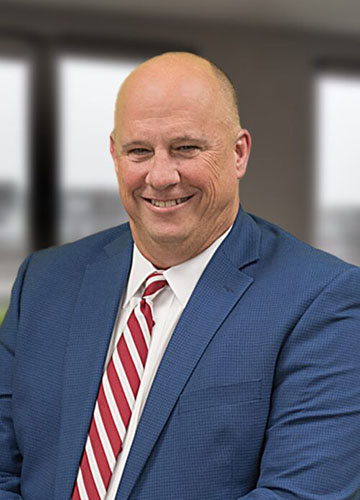SECURE 2.0 Expands Retirement Plan Participation & Benefits in 2025
Automatic Enrollment and Enhanced Catch-up Contributions Are Coming
In 2022, an overwhelming bipartisan majority of Congress passed the SECURE 2.0 Act, which is aimed at improving retirement savings options, including 401(k) and 403(b) plans, for working Americans. This legislation built upon the earlier SECURE Act of 2019 and introduced changes affecting retirement plans that are being phased in over several years, making it easier for employers to offer retirement plans and for employees to participate in them.
The phased-in changes began immediately in 2022 and will continue through 2027.
The two changes that will be implemented in 2025 are relatively administrative in nature, but will significantly benefit employees of companies that sponsor retirement plans. They are:
- Expansion of Automatic Enrollment
This provision takes effect for plan years beginning after Dec. 31, 2024, and requires automatic enrollment and automatic escalation for all 401(k) and 403(b) plans (with certain exceptions for collective bargaining plans, church plans and governmental plans, as well as plans established on or before Dec. 29, 2022).
What this means is that new employees at companies and nonprofits offering 401(k) and 403(b) plans will be automatically enrolled in the retirement plans unless they specifically opt out. For auto-enrolled participants, the initial salary deferral must be at least 3% but not more than 10% of gross pay. Each year thereafter, that amount must be increased by 1% until it reaches at least 10%, but not more than 15%.
Automatic enrollment is expected to significantly boost retirement plan participation by employees of companies and nonprofits that offer plans.
- Higher Catch-up Limit for Ages 60 through 63
This provision adjusts catch-up contribution limits for employees aged 60 through 63. The increased amounts will be indexed for inflation after 2025. For 401(k), Solo 401(k), 457 and 403(b) plans, the limit will be $11,250 per year. For SIMPLE IRA plans, the limit will be $5,250. These enhanced limits are designed to help workers accelerate their retirement savings during key pre-retirement years, which may also lower taxable income and overall tax liability for these individuals.
Changes Implemented in Previous Years
Many significant changes in the SECURE 2.0 Act have already been implemented since 2022, some of which have expanded retirement savings options for employees and others of which have provided benefits for companies that implement retirement plans.
One change that has caused confusion requires plan sponsors to extend eligibility for plan participation to long-term, part-time workers. In the past, workplace retirement plans largely limited eligibility to full-time workers or part-timers who worked a minimum of 1,000 hours per year (approximately 20 hours per week). Whether a plan was open to part-timers was at the discretion of the plan sponsor.
Under SECURE 2.0, however, eligibility must be extended to long-term, part-time employees who work at least 500 hours per year for two consecutive years or more. Plan sponsors are not required to contribute any employer match to part-time workers, though.
This provision has required employers to change record-keeping systems, track employee hours differently and track employer match contributions carefully, contributing to some confusion. Those who are extending the employer match to part-time employees, as well as those who are implementing a uniform 500-hours-per-year eligibility standard, are having an easier time because the record keeping is more uniform.
Upcoming Change in 2026
One upcoming change that plan sponsors will have to prepare for in the coming year – if they haven’t done so already – is a provision requiring all catch-up contributions for those 50 years of age and older to qualified retirement plans to be subject to Roth tax treatment. An important exception applies to employees with wages of $145,000 or less in the prior year. This amount will be indexed after Dec. 31, 2025.
This requirement means that affected plan sponsors will need to build a Roth feature into their retirement plans if they don’t already have one. That needs to be done by Dec. 31, 2025.
If you have any questions about how your plan is affected by SECURE 2.0, or changes that you may need to make in 2025, contact an Adams Brown Wealth Consultant.

